Midnight Airdrop Eligibility Calculator
Calculate Your Eligibility
Results
Enter your details to see if you were eligible for the Midnight airdrop.
On August62025 the crypto world saw one of the biggest airdrops of the year: the Midnight airdrop that handed out 24billion NIGHT tokens to users across eight blockchains. If you hold any of the supported assets and still wonder whether you qualified, how the claim worked, or what happens to the tokens now, this guide breaks everything down in plain English.
Key Takeaways
- The Glacier Drop opened on Aug62025 and closed Oct42025; the claim window is now over.
- Eligibility required at least $100 worth of a native asset on June112025 across BTC, ETH, XRP, SOL, AVAX, BNB, BAT or ADA.
- 50% of the total supply (12billion NIGHT) was reserved for Cardano holders; the rest were split 20% for Bitcoin and 30% among the other chains.
- Tokens vest in four equal phases over 360days after the mainnet launch, unlocking 25% every 90days.
- Unclaimed tokens moved to the Scavenger Mine and later Lost‑and‑Found phases, giving a second chance to earn NIGHT through network‑building tasks.
Below you’ll find the full eligibility formula, step‑by‑step claim instructions (for those who did it on time), the token‑distribution table, and what to do now if you missed the window.
Who and What Got the Airdrop?
The airdrop was launched by Midnight Network a privacy‑centric sidechain built on the Cardano ecosystem. Its native utility token, NIGHT the governance and utility token for the Midnight privacy network, was minted in a single batch of 24billion coins and distributed via the so‑called Glacier Drop. The distribution was deliberately cross‑chain: holders of Bitcoin, Ethereum, Ripple, Solana, Avalanche, BNB Chain, Brave (BAT) and Cardano were eligible. The snapshot that determined eligibility was taken on June112025, using a random timestamp to stop last‑minute buying tricks.
Eligibility Rules at a Glance
- Wallets must have held at least $100 worth of the native asset (BTC, ETH, XRP, SOL, AVAX, BNB, BAT or ADA) at the snapshot.
- Only self‑custody wallets counted; exchange‑hosted balances were excluded unless the exchange claimed on behalf of its users.
- Addresses on the U.S. Treasury’s OFACSDN list were automatically blocked, preventing sanctioned entities from receiving NIGHT.
- Eligibility was algorithmic and public - you could verify your status on the official claim portal.
Because the $100 threshold was measured in USD, the exact amount of the native coin varied. For example, with BTC priced at $50000, the threshold equated to roughly 0.002BTC; with Cardano at $2.50, it meant about 40ADA.
Allocation Breakdown by Chain
| Chain | Percentage of Total Supply | Number of NIGHT Tokens |
|---|---|---|
| Cardano (ADA) | 50% | 12billion |
| Bitcoin (BTC) | 20% | 4.8billion |
| Ethereum (ETH) | 5% | 1.2billion |
| Ripple (XRP) | 5% | 1.2billion |
| Solana (SOL) | 5% | 1.2billion |
| Avalanche (AVAX) | 5% | 1.2billion |
| BNB Chain (BNB) | 3% | 720million |
| Brave (BAT) | 2% | 480million |
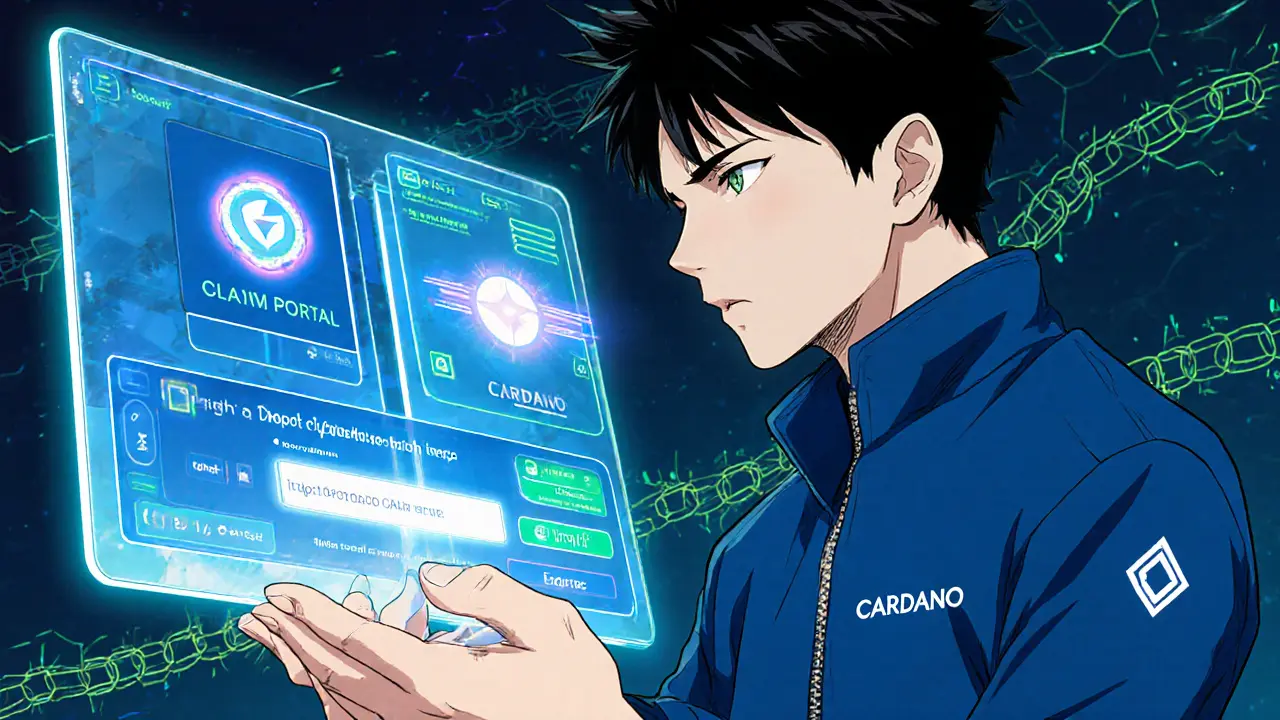
How to Claim - Step‑by‑Step (What Eligible Users Did)
The claim portal (midnight.gd or midnight.network) required two cryptographic proofs. Below is the exact workflow that successful claimants followed during the 60‑day window.
- Visit the official claim site and click “Connect Wallet”. Supported connections included Eternl, Lace, Yoroi (all Cardano wallets) and MetaMask for cross‑chain address verification.
- Run the first proof: sign a message with the wallet that held the qualifying assets. The signature proved custody without moving any funds.
- Enter a fresh, unused Cardano address where the NIGHT tokens will be sent. The portal rejected any address that had previously received funds, ensuring clean separation of claim and receipt.
- Submit the second proof - a cryptographic hash that ties the signed message to the new Cardano destination. The backend smart contract verified the link instantly.
- Receive a confirmation screen with a transaction ID. The NIGHT tokens were then locked in a vesting smart contract on the Cardano ledger.
If any step failed, the portal displayed an error code and let you retry without losing eligibility, as long as it was before the Oct4 deadline.
Vesting Mechanics - Why You Can’t Trade All NIGHT Immediately
Midnight’s tokenomics purposefully avoid “dump‑and‑run” scenarios. Once claimed, NIGHT tokens are held by a Cardano smart contract that releases them in four equal phases over 360days after the mainnet launch. Each phase unlocks 25% of the holder’s allocation, but the exact timestamps are randomized within each 90‑day window. This “gradual thawing” means you’ll see a small amount become tradable roughly every three months, with no way to predict the exact moment.
The vesting schedule only starts once the mainnet goes live - the date has not been announced yet, so current holders must wait for that announcement before the clock ticks. Until then, your NIGHT remains locked but visible on‑chain.
The Three‑Phase Distribution Cascade
If you missed the Glacier Drop deadline, your tokens didn’t just vanish. Midnight designed a recovery pipeline that funnels unclaimed NIGHT into two later phases.
- Scavenger Mine: After Oct4, all leftover tokens moved to a public‑good puzzle system. Participants solve computational tasks (similar to proof‑of‑useful‑work) and earn a share of the pool. Success also helps bootstrap core network nodes.
- Lost‑and‑Found: Once the mainnet launches, any tokens still idle after the Scavenger Mine become a final bounty. Users can claim them by staking DUST (the network’s gas token) and proving contribution to network health.
This cascade guarantees that the entire 24billion supply eventually circulates, but it rewards active community members rather than passive holders.
Compliance, Self‑Custody and Real‑World Friction
Midnight’s legal team ran every address through OFAC’s Specially Designated Nationals list, cutting out sanctioned actors. The airdrop also required self‑custody at snapshot time, meaning most exchange‑held balances were automatically ineligible. That decision aligns with the project’s “rational privacy” philosophy but created a usability hurdle for users who only knew how to trade on centralized platforms.
Because the final token receipt always lands on Cardano, non‑Cardano users had to set up at least one Cardano wallet. Guides from the community (video walk‑throughs posted August52025) proved essential - they showed how to generate a fresh Yoroi address, link it to the claim portal, and understand the vesting timeline.
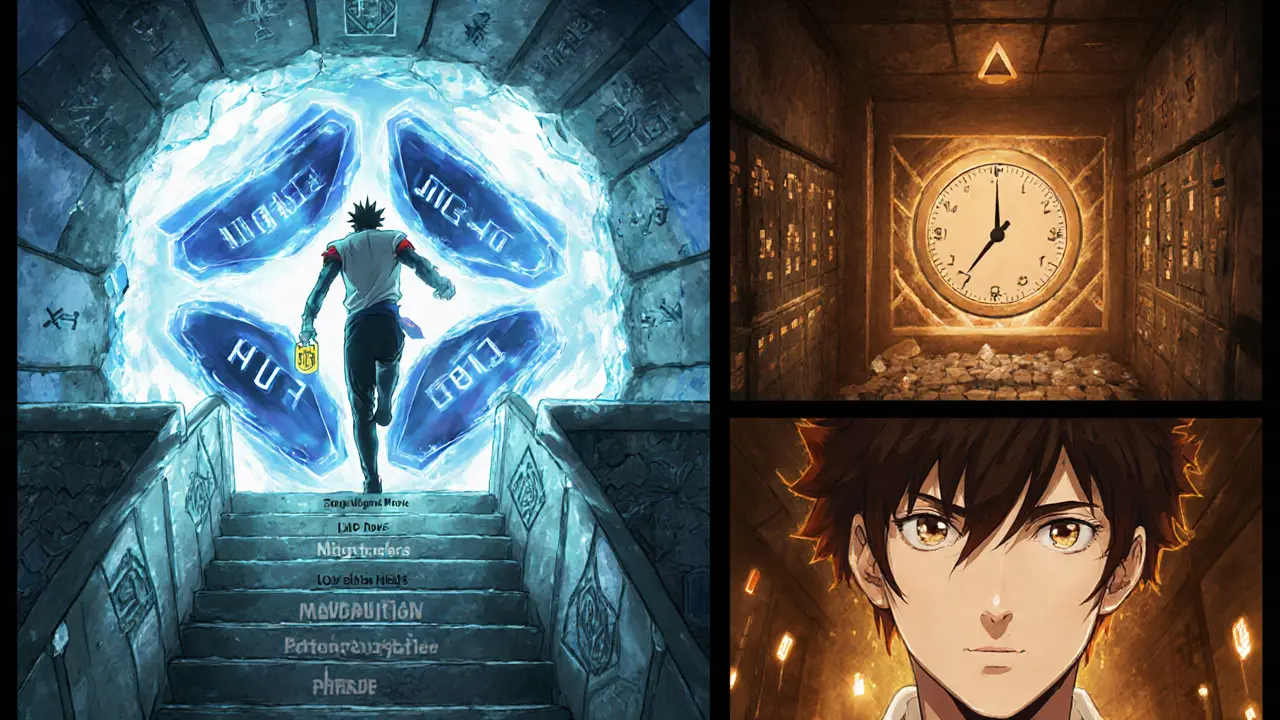
What the Airdrop Means for Cardano and the Wider Crypto Space
Allocating half of the total supply to ADA holders makes the Glacier Drop the single largest Cardano‑centric token distribution ever recorded. It encourages Cardano users to become early validators on the privacy sidechain, potentially boosting staking participation across both networks.
From a market perspective, the cross‑chain design - eight ecosystems in one drop - sets a new benchmark for how projects can seed a multi‑chain community without relying on heavy marketing spend. The transparent, dollar‑value‑based eligibility replaces the usual “social‑media‑engagement” criteria, positioning the airdrop as merit‑based.
Tips, Common Pitfalls and How to Avoid Them Next Time
- Check the snapshot date early. A $100 threshold may seem tiny, but price swings can make the required coin amount dramatically different.
- Use a self‑custody wallet. If you keep crypto on an exchange, you’ll be out of luck unless the exchange publicly announces support.
- Prepare a fresh Cardano address before the claim opens. That saves you from scrambling for a new wallet during the tight window.
- Follow the official step‑by‑step guide. Skipping the signature proof or entering the wrong address results in a failed claim.
- Watch for the mainnet launch announcement. Your vesting clock starts then, not when you claimed.
Next Steps If You Missed the Glacier Drop
Don’t panic - the Scavenger Mine is still live. To participate, you’ll need some DUST to stake on the puzzle platform (available on the Midnight testnet). Community forums are sharing puzzle‑solving strategies, and a leaderboard shows the current reward pool. If you’re comfortable with a bit of coding or even just willing to run a provided Docker image, you can start earning a slice of the unclaimed NIGHT.
Keep an eye on official Midnight announcements for the upcoming Lost‑and‑Found bounty. Historically, those final rounds reward users who have already contributed DUST to the network, so building a small DUST stake now could pay off later.
Frequently Asked Questions
Did I need to hold Cardano to receive NIGHT?
No. The airdrop was open to holders of eight different blockchains. However, 50% of the total supply was reserved for ADA holders, and all tokens were ultimately delivered to a Cardano address.
Can I still claim my NIGHT tokens?
The primary claim window closed on Oct42025. Unclaimed tokens moved to the Scavenger Mine phase. You can earn those tokens by solving the network’s computational puzzles.
How does the vesting schedule work?
After the mainnet launches, the locked NIGHT tokens unlock in four equal parts over 360days, with roughly 25% becoming tradable every 90days. Exact unlock times are randomized within each quarter.
What is the role of DUST in the ecosystem?
DUST is the network’s gas token. It pays transaction fees on Midnight and is also required to stake for the Scavenger Mine puzzles and the Lost‑and‑Found bounty.
Why were exchange accounts excluded?
Midnight wanted to ensure that every recipient controlled their private keys. Most exchanges did not implement a claim‑on‑behalf feature, so their custodial wallets were automatically filtered out.


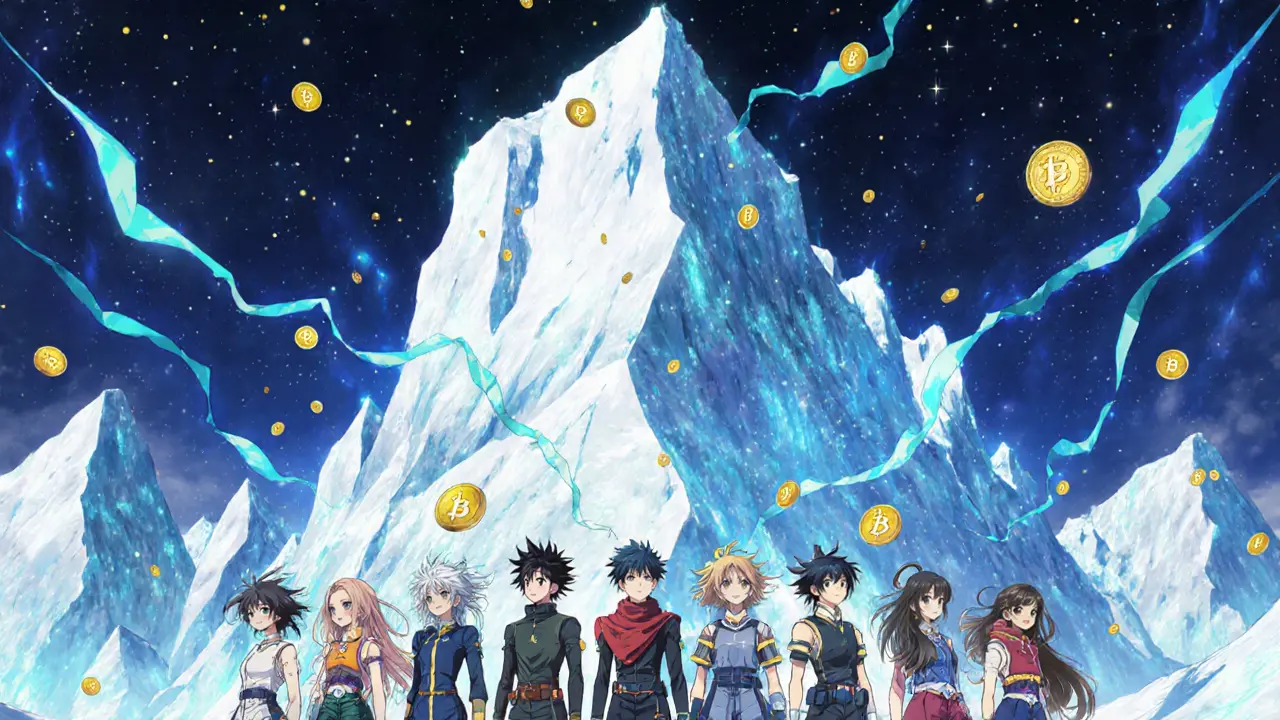
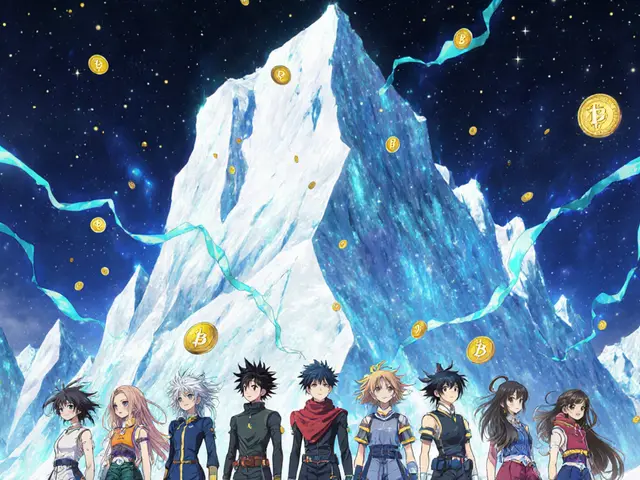





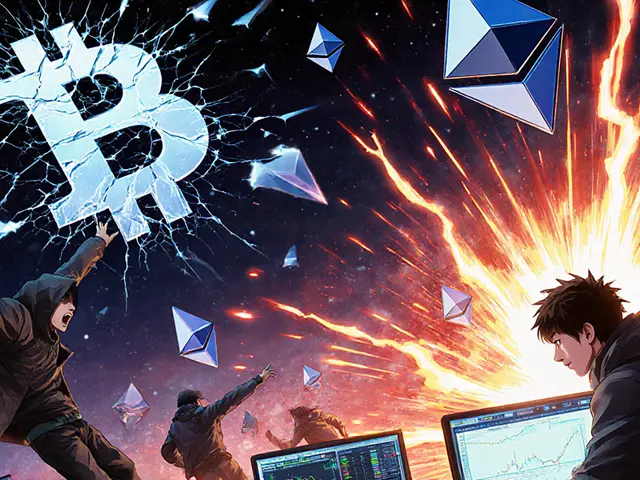
Comments (16)
Michael Bagryantsev
October 13, 2025 AT 08:06 AMHey everyone, just wanted to point out that the $100 threshold was surprisingly low for many of us, especially when crypto prices were volatile. It’s easy to miss the snapshot if you don’t keep an eye on the date. Make sure you always have a self‑custody wallet ready for future airdrops. Also, double‑check the claim portal for any error codes before the deadline hits.
Maria Rita
October 14, 2025 AT 06:19 AMWow, this airdrop really felt like a roller‑coaster! The drama of racing to $100 was intense, but the guide made it crystal‑clear. Remember, you needed a fresh Cardano address for the final step – that saved a lot of headaches. If you missed it, don’t lose hope; the Scavenger Mine is still alive!
Jordann Vierii
October 15, 2025 AT 04:33 AMFriends, think of this airdrop as a cultural bridge across chains. Cardano got half the pie, which is huge for the ecosystem. If you held any of the supported assets, you were practically invited to the party. Keep that energy up for the next multi‑chain event!
Lesley DeBow
October 16, 2025 AT 02:46 AMContemplating the philosophical underpinnings, the Midnight Drop seems designed to reward true ownership over mere speculation. By excluding custodial exchanges, the project enforced a principle of personal sovereignty. The vesting schedule further discourages quick flips, aligning incentives with network health.
DeAnna Greenhaw
October 17, 2025 AT 00:59 AMEsteemed colleagues, permit me to expound upon the manifold ramifications of this unprecedented airdrop. Firstly, the allocation of fifty percent of the total supply to Cardano holders incontrovertibly elevates the stature of the ADA ecosystem within the broader cryptographic milieu. Secondly, the rigorous $100 USD threshold, calibrated against market volatility, serves as an elegant egalitarian mechanism, ensuring that participants possess a substantive stake whilst precluding frivolous claims. Thirdly, the exclusion of custodial exchange wallets, albeit contentious, underscores a doctrinal commitment to self‑custody, thereby fostering a culture of personal responsibility and security. Moreover, the intricate vesting schedule, partitioned into four equal phases over a triennial horizon, meticulously mitigates the risk of market dumping, promoting sustained liquidity and price stability. The stochastic randomization of unlock timestamps within each quarter further obfuscates predictive trading strategies, thereby safeguarding the tokenomics from manipulative arbitrage. In addition, the subsequent Scavenger Mine and Lost‑and‑Found phases exemplify a sophisticated reclamation pipeline, ingeniously repurposing unclaimed assets to incentivize network contributions and computational problem‑solving. This, in turn, engenders a virtuous cycle wherein dormant tokens are revitalized through active participation, bolstering the overall vitality of the Midnight network. It is also noteworthy that the cross‑chain distribution model, encompassing eight distinct blockchains, establishes a new paradigm for multi‑chain synergies, potentially serving as a blueprint for future projects seeking to cultivate a heterogeneous yet cohesive community. Finally, the transparent, algorithmic eligibility verification, publicly auditable via the official claim portal, epitomizes the project's dedication to openness and verifiability, hallmarks of a mature decentralized initiative. In sum, the Midnight airdrop not only allocates substantial capital to Cardano adherents but also orchestrates a holistic framework that harmonizes token distribution, network security, and community engagement.
Luke L
October 17, 2025 AT 23:13 PMLook, if you haven’t set up a Cardano wallet by now you’re just watching others reap the rewards. The claim steps were straightforward; don’t use that as an excuse.
Cynthia Chiang
October 18, 2025 AT 21:26 PMHey folks, just wanted to add that you can still earn unclaimed NIGHT by joining the Scavenger Mine – you’ll need a bit of DUST to get started.
Hari Chamlagai
October 19, 2025 AT 19:39 PMThe logic behind excluding exchange balances is sound; otherwise, the airdrop would have been a mere marketing stunt. Users must understand that true participation demands personal key management.
Ben Johnson
October 20, 2025 AT 17:53 PMHonestly, the whole “oops I missed the window” attitude just shows a lack of preparation. Future airdrops will demand even tighter vigilance.
Jason Clark
October 21, 2025 AT 16:06 PMPro tip: keep a spare Cardano address handy for any upcoming drops; it saves you the scramble when a claim portal opens. (And yes, you’ll thank yourself later.)
Jim Greene
October 22, 2025 AT 14:19 PMGreat info! 😊
Della Amalya
October 23, 2025 AT 12:33 PMIn light of the extensive details, I’d emphasize the community‑driven aspects of the Scavenger Mine; it’s not just about tokens but about building the network together.
Teagan Beck
October 24, 2025 AT 10:46 AMCool breakdown, thanks!
Kim Evans
October 25, 2025 AT 08:59 AMDon’t forget to stake a little DUST for the puzzle challenges – it’s the fastest way to grab some of the leftover NIGHT. 👍
Steve Cabe
October 26, 2025 AT 06:13 AMAll this talk about airdrops reminds me why supporting American crypto innovation is vital – we need home‑grown projects that respect sovereignty.
shirley morales
October 27, 2025 AT 04:26 AMPeople should act responsibly and respect the rules.